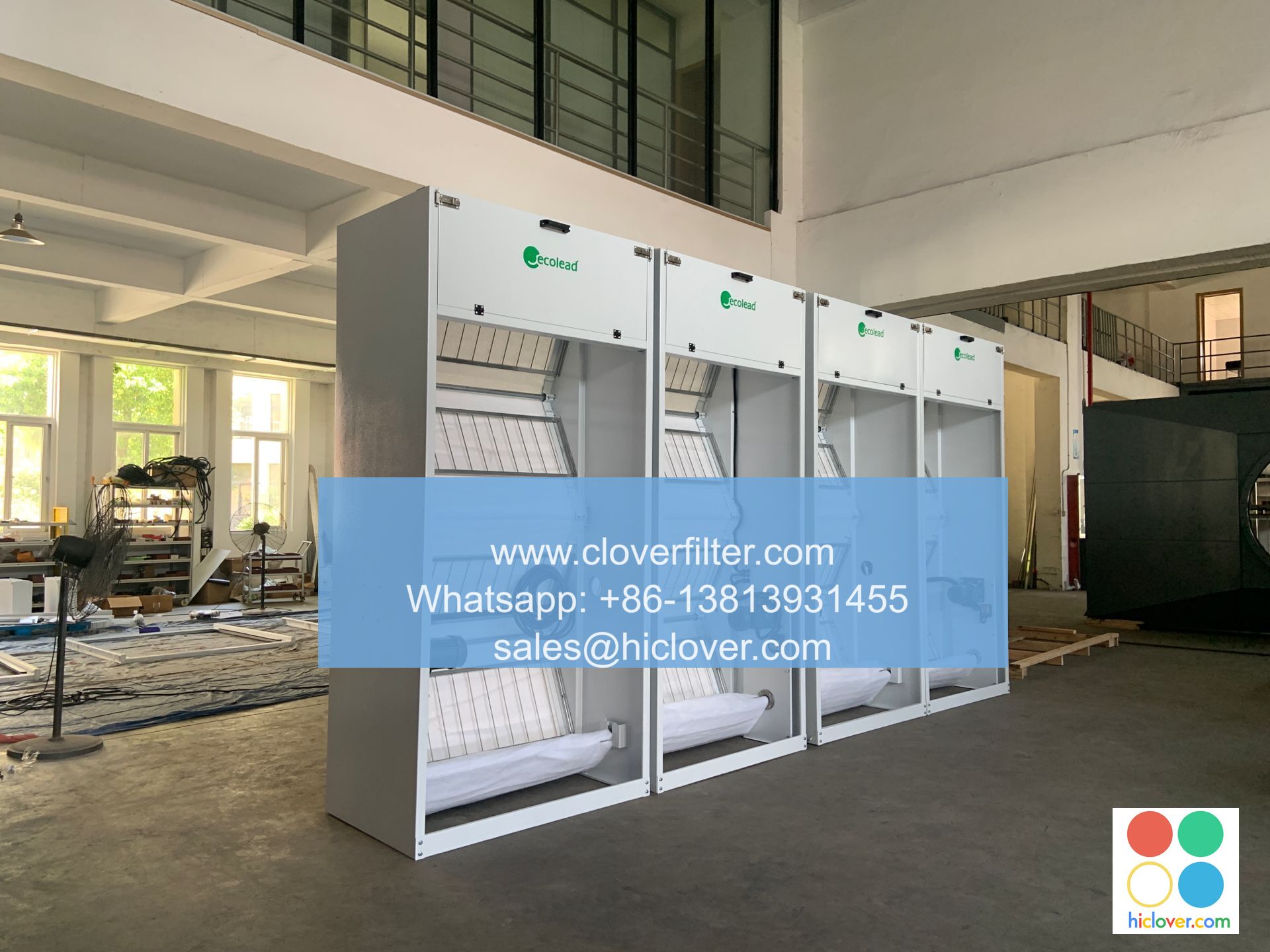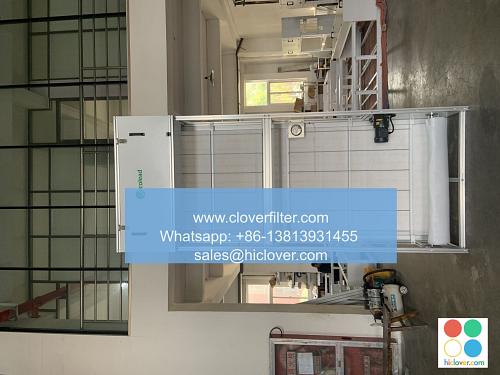Air Filter Sizing: A Guide for DIY Homeowners and Professionals

Proper air filter sizing is crucial for maintaining good indoor air quality, reducing energy bills, and prolonging the life of heating, ventilation, and air conditioning (HVAC) systems. In this article, we will provide a comprehensive guide on air filter sizing for DIY homeowners and professionals, covering various application areas, including residential HVAC systems, commercial air filtration systems, and industrial air quality control systems.
##
Understanding Air Filter Sizing
Air filter sizing refers to the process of selecting the correct size and type of air filter for a specific application. The goal is to ensure that the air filter can effectively capture airborne particles, such as dust, pollen, and other contaminants, while also allowing for adequate airflow. Air filter sizing calculations involve considering factors such as the air filter’s MERV rating (Minimum Efficiency Reporting Value), airflow rate, and pressure drop.
##
Residential HVAC Systems
For residential HVAC systems, air filter sizing is critical to ensure efficient heating and cooling. A correctly sized air filter can help reduce energy consumption, prevent equipment damage, and improve indoor air quality. When selecting an air filter for a residential HVAC system, consider the following factors:
* Air filter size: Measure the existing air filter or consult the manufacturer’s specifications to determine the correct size.
* Air filter type: Choose from fiberglass air filters, pleated air filters, or HEPA air filters, depending on the desired level of filtration and airflow.
* Air filter MERV rating: Select a filter with a MERV rating that matches the system’s requirements, typically between MERV 8 and MERV 13.
##
Commercial Air Filtration Systems
Commercial air filtration systems require more complex air filter sizing calculations due to the larger airflow rates and varied contamination levels. When sizing air filters for commercial applications, consider the following:
* Airflow rate: Determine the total airflow rate of the system, including the number of occupants, equipment, and outside air intake.
* Air filter configuration: Choose from panel air filters, bag air filters, or cartridge air filters, depending on the system’s design and requirements.
* Air filter maintenance: Develop a maintenance schedule to ensure regular air filter replacement and cleaning, which can help prevent equipment downtime and reduce energy consumption.
##
Industrial Air Quality Control Systems
Industrial air quality control systems require specialized air filter sizing to handle high-contamination levels and unique airflow requirements. When sizing air filters for industrial applications, consider the following:
* Air contaminant type: Identify the types of contaminants present, such as dust, fumes, or chemicals, to select the appropriate air filter type and MERV rating.
* Airflow rate and pressure drop: Calculate the airflow rate and pressure drop to ensure the air filter can handle the system’s demands without compromising airflow or increasing energy consumption.
* Air filter housing and frame design: Select an air filter housing and frame design that can withstand the industrial environment and provide easy maintenance access.
##
Conclusion
Proper air filter sizing is essential for maintaining good indoor air quality, reducing energy bills, and prolonging the life of HVAC systems. By following this guide and considering the unique requirements of residential, commercial, and industrial applications, DIY homeowners and professionals can select the correct air filter size and type to ensure efficient and effective air filtration. Remember to always consult the manufacturer’s specifications and consider factors such as air filter MERV rating, airflow rate, and pressure drop when making air filter sizing calculations. Prompt

